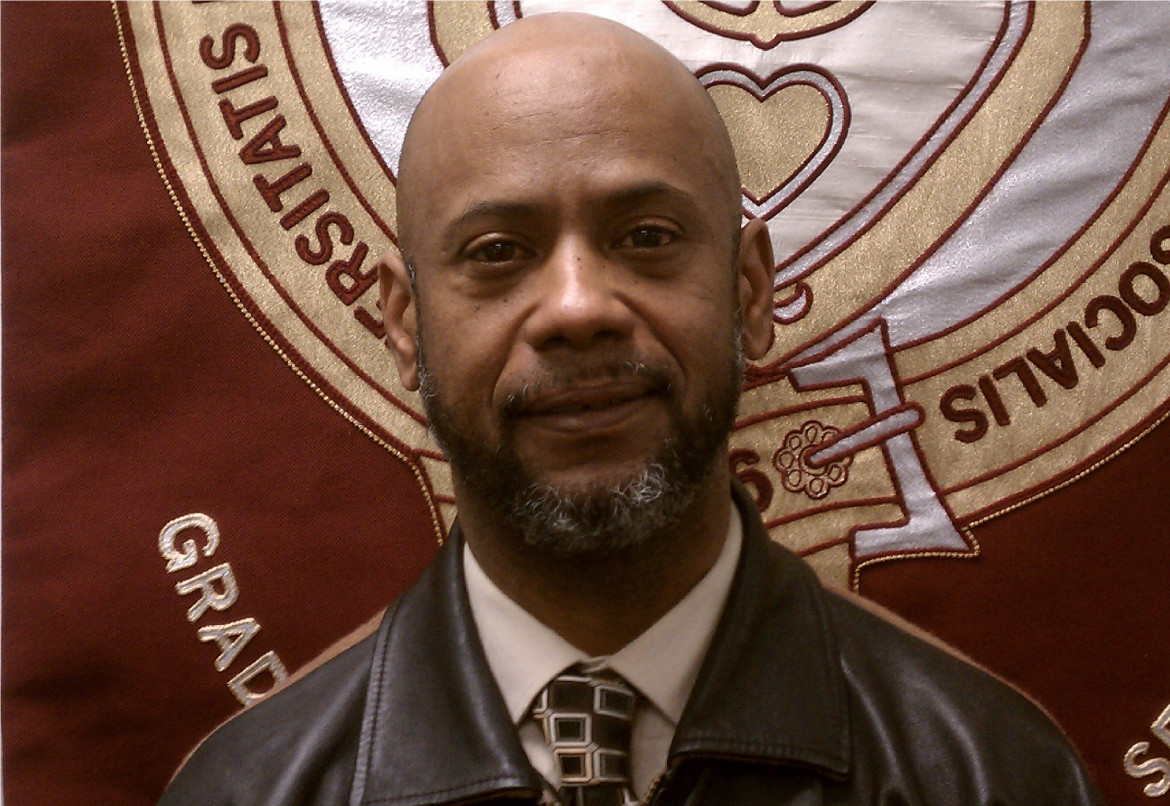 “Man get ya check. I cant knock dat. But, it’s a culture, you cant forget about dat. Too many vultures in it. I think Nas said, “Hip Hop is dead,” cuz he couldn’t see da culture in it. Too many funny cloths, too may auto-tunes, too many gangstas. When dey made auto-Goons? Listen boy you should play your role. Like rap don’t need a brand new De La Soul. Pay homage to any MC who paved our road…I think we need a new PE. Fight da power and be free. Try to bring the light like GE…”
“Man get ya check. I cant knock dat. But, it’s a culture, you cant forget about dat. Too many vultures in it. I think Nas said, “Hip Hop is dead,” cuz he couldn’t see da culture in it. Too many funny cloths, too may auto-tunes, too many gangstas. When dey made auto-Goons? Listen boy you should play your role. Like rap don’t need a brand new De La Soul. Pay homage to any MC who paved our road…I think we need a new PE. Fight da power and be free. Try to bring the light like GE…”
– Statik Selektah -- Featuring Styles P & Talib Kweli, “The Thrill is Gone.”
I am “Hip Hop!” I am also a “Hiphoppa.”
I study and use its product “hip-hop,” as a tool to engage, educate and intervene with youth. Hip Hop, Hiphoppas and hip-hop are ideas and constructs related to “Hiphop.” We should all engage in a substantive and purposeful dialogue on these four related, yet different concepts. A serious dialogue is the best way we can serve each other.
I was excited to learn that JJIE.org has given us a reason to start engaging in that dialogue with the recent publication of an article on Hip Hop therapeutic approaches. The article addresses the dearth of exposure and serious discussion regarding “Hip Hop Therapy” and related therapeutic techniques.
I’ll add that more examples of this approach can be found in “Therapeutic Uses of Rap and Hip Hop: Research, Theory and Practice,” (Hadley & Yancy, 2011) which will be published later this year. An important critique in this study is that although Hip Hop therapeutic and educational techniques are used by hundreds of practitioners and educators, few outcome studies have been published in the scientific literature. More outcome studies are needed if Hip Hop therapies are to gain greater acceptance and wider usage. These outcome studies will also improve the effectiveness of Hip Hop therapeutic techniques.
I’ll follow JJIE with my own attempt to stimulate a dialogue on the four related, yet different concepts of the art.
By Hiphop I mean the unique spirit, collective consciousness and origin of the ideas Hip Hop, hiphoppa, and hip-hop. It is what Styles P refers to when he wrote “…Try to bring the light…” Hip Hop refers to the creation and development of a culture of breakin, emceein, graffiti art, deejayin, beat boxin, street fashion, street knowledge and street entrepreneurialism.
Hiphoppas is a concept that refers to all those that love, live and sustain Hiphop and Hip Hop. The concept of “hip-hop,” is rap music and the products and events associated with rap music entertainment. This is what most people are familiar with. Other ideas related to Hip Hop are rarely given serious discussion in mainstream media or in the “social sciences” wing of the academy.
A detailed discussion of Hiphop, Hip Hop, and hip-hop can be found in “The Gospel of Hip Hop: First Instrument,” written by KRS ONE (2009). This is probably the best published text available on the idea of Hiphop and its creations. Anyone seriously interested in Hip Hop must read it, at least once. Limited space prevents me from giving these ideas adequate attention here. Essentially, though, I agree with KRS ONE when he states that Hip Hop has always been a spiritual and social idea. Yet, it has endured a more negative perception, in part, because of the sometimes brutal lyrics, brought on by economic, political, technological and social conditions. This is precisely why we need to engage in a much deeper and more meaningful dialogue on these issues moving forward.
Dr. Edgar H. Tyson is an Assistant Professor at Fordham University Graduate School of Social Service in New York, NY. He has been a researcher and educator for 8 years and a practitioner, specializing in treatment of high-risk and delinquent youth for the past 15 years.
